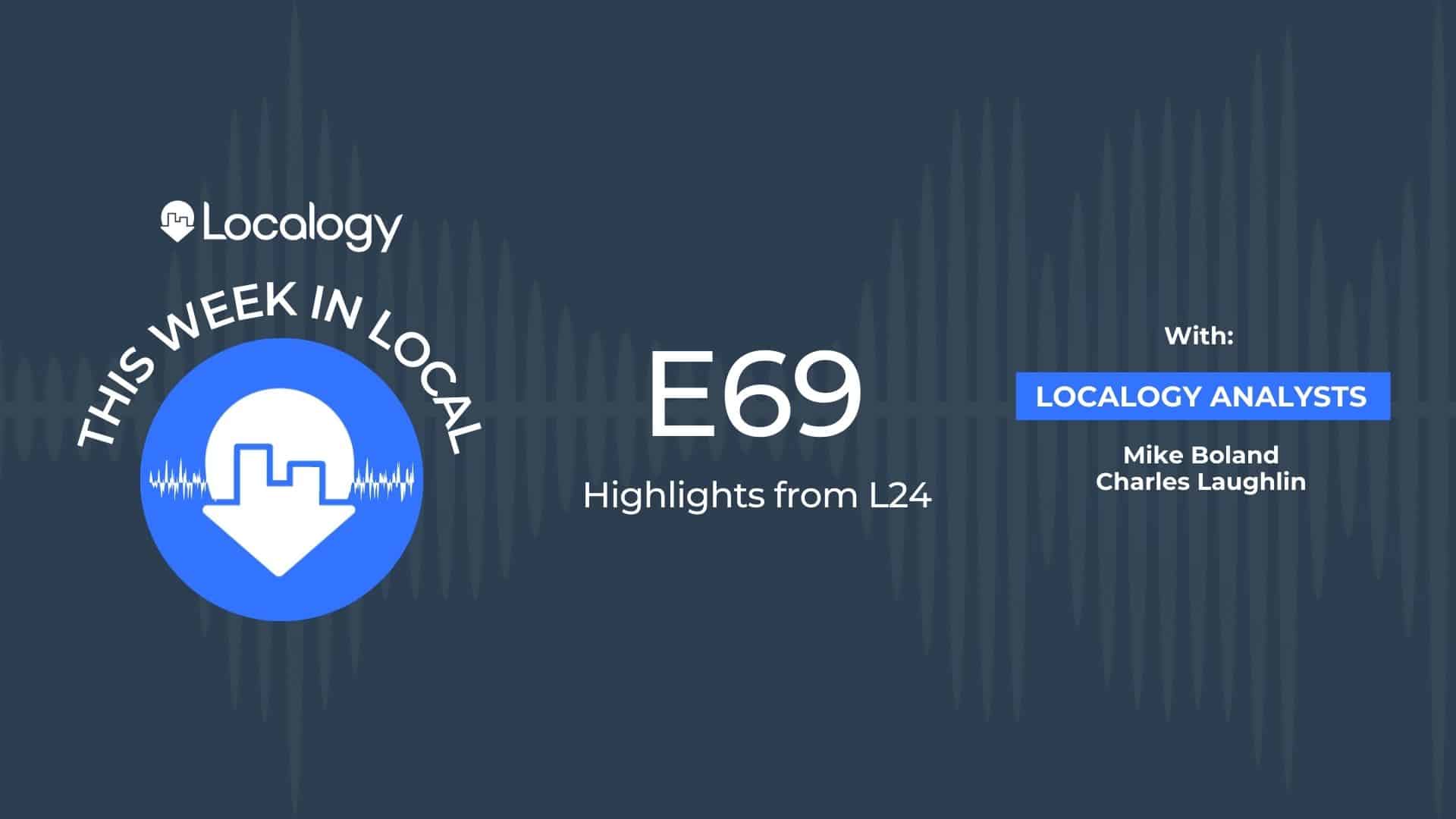Search is synonymous with Google. It’s like Ziplock and Kleenex, but it’s become an even greater cultural entity in that it’s become a verb. But Google isn’t the only place that search – and its paid/sponsored counterpart – come into play. Beyond other search engines, In-app search continues to grow.
This is when a well-traveled app or website monetizes its own internal search activity – a.k.a., site search. Though it occurs on a smaller scale than Google’s gazillion daily searches, it can be more targeted and drive meaningful revenue for players ranging from Yelp to Amazon (more on that in a bit).
The latest company to exploit that opportunity is TikTok. It’s beginning to experiment with sponsored results where its users search for content within its app. Known as “Search Ads Toggle,” the new program offers a paid search option for brand marketers to get in front of TikTok users for the first time.
Many questions flow from this launch, which will be answered in the coming months. One elephant in the room is the degree to which this could eat into Google’s search market share. As the company admitted last year, many of its users are going to non-Google destinations to search, including TikTok.
Strategic Nuance
So what does TikTok search look like? From a user perspective, they’ll see sponsored slots in their search results. And like other paid search programs, results will be contextually relevant to the search terms. This could be a prime opportunity for fashion and food brands to reach TikTok’s Gen-Z users.
From the advertiser’s perspective, they can bid on keywords that align with their products, and the user intent that they’re looking to target. Like Google AdWords and other search marketing platforms, standard features exist, such as excluding “negative keywords” and other brand-safety measures.
These features appear rather basic at launch, but could evolve over time – likely using Google as a model (see yesterday’s analysis on Big Tech’s cloning culture). Another evolution may involve the program’s availability, as it’s only accessible currently to TikTok video advertisers… not as a standalone offer.
Meanwhile, TikTok has validated the program’s efficacy to some degree, including internal tests that indicate 70 percent of search advertisers saw a lower cost per action (CPA). Apparently, tests have been underway since last year, so the program’s inception and rollout appear to carry some strategic rigor.
Early test partners include brands like Clinique and DIBS Beauty. The former achieved a 441 percent boost in conversation rates, 51 percent greater click-through rates, and a 7.4 percent lift in ad recall. DIBS achieved similar metrics as well as a 22 percent decrease in CPA relative to benchmarks.
Slam Dunk?
The reasons for TikTok’s move are pretty obvious and logical. Based on its usage scale, it fulfills a key requirement for search ad revenue: query volume. Search is a numbers game like anything else. Adding to TikTok’s scale is another key factor that taps into search’s inherent advantages: user intent.
TikTok users are highly engaged and can be segmented into target markets for brand marketers. This makes prospective sponsored results primed for high performance. Of course, all of that is our speculation, but TikTok agrees to the extent that it’s investing in the idea, not to mention test results.
Back to the broader concept of in-app search, Amazon has put the category on the map. Having many of the same advantages that TikTok has – scale, intent-heavy users, etc. – it has become a model and an inspiration for other in-app search programs. Its search ad revenue now exceeds Prime revenue.
We’ll see if TikTok can similarly make a dent in search revenue market share. It won’t be a no-brainer: though it holds the inherent advantages outlined above, there’s still a great deal of strategic execution required. And like native eCommerce, TikTok will have to learn that playbook. It’s not a slam dunk.




